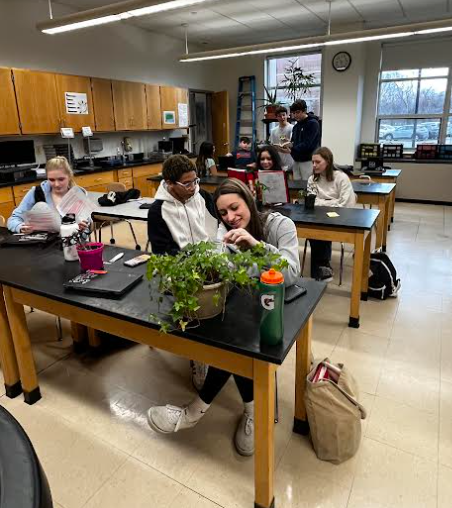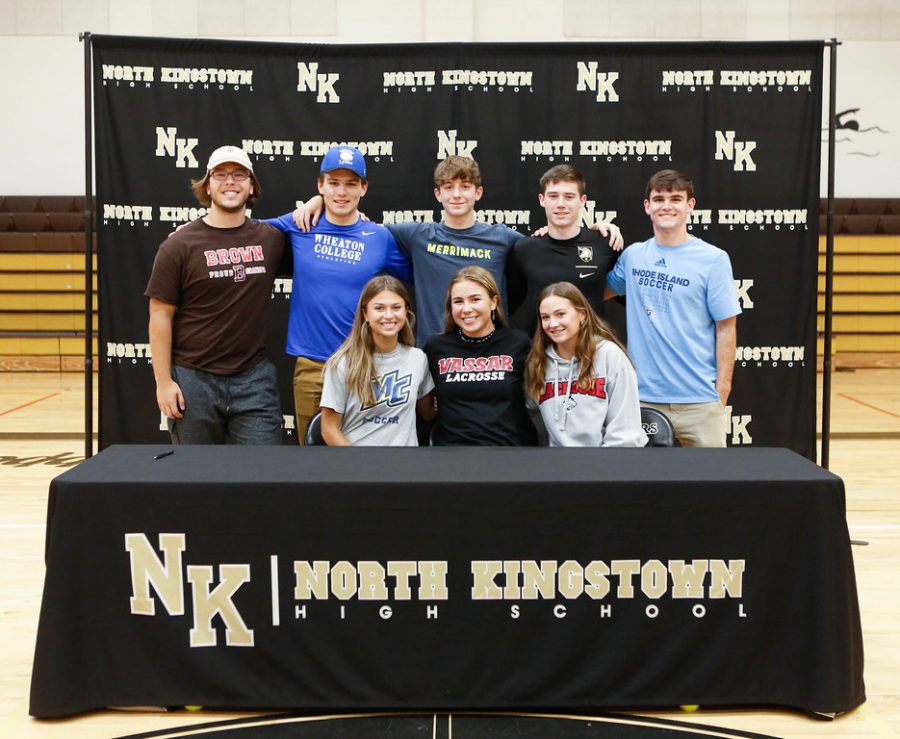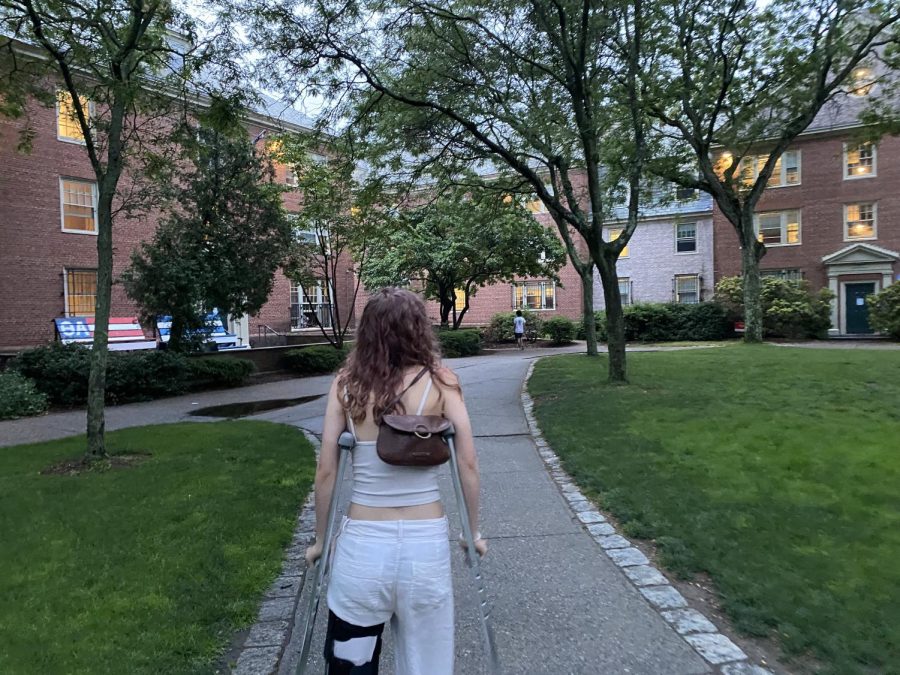Bridging the gap between high school and college
The years we spend in high school focus ideally on preparing us for college, and, later, the rest of our lives. However, college is not the only route students may choose to take after graduating. Attending at least a four-year school after high school seems to be the “normal,” but there are other less-explored paths that students can take that can allow them to be just as successful, if not more.
One option some seniors may choose to take is a gap year. This year could be spent doing just about anything, from travel to volunteer work. Programs such as the Peace Corps, AmeriCorps, Rustic Pathways and SeaMester provide graduates with unique opportunities to explore the world around them and gain cultural experience before moving on to their next chapter in life. Senior Bri Engstrom said, “I’m doing City Year in the Americorps. It’s a volunteer year for inner city kids to help bridge the gap between what’s provided for them by their schools and what they really need.” Such a program would allow students to become more independent than they would in a normally structured classroom.
There are many reasons as to why students may choose to take a gap year. They may want to broaden their horizons by living in another country and learning a language. They may also need more time to allow them to decide where to move on to, whether it is college or a career. Factors such as money and time play crucial roles in the decision making process. Engstrom said, “Money definitely factored into my decision. I also wasn’t interested in sitting down in classes every day after doing so for twelve years.”
Gap year programs can substantially aid students financially. Most programs provide their volunteers with scholarship money for colleges they plan to attend after the year is done. Rather than paying college tuition, programs in which students would live away from home pay their volunteers weekly for living costs and food.
When deciding where to move on to after high school graduation, gap years are definitely something to be considered. There are thousands of resources and thousands of programs that can help students do anything from saving money, to learning a new skill, to pursuing a passion in art, or to becoming more adept at a language. At the time of graduation and decision making there is much more to be discovered than realized. The world is yours–explore it!
Your donation will support the student journalists of North Kingstown High School. Your contribution will allow us to distribute a print edition of the Current Wave to all students, as well as enter journalism competitions.




